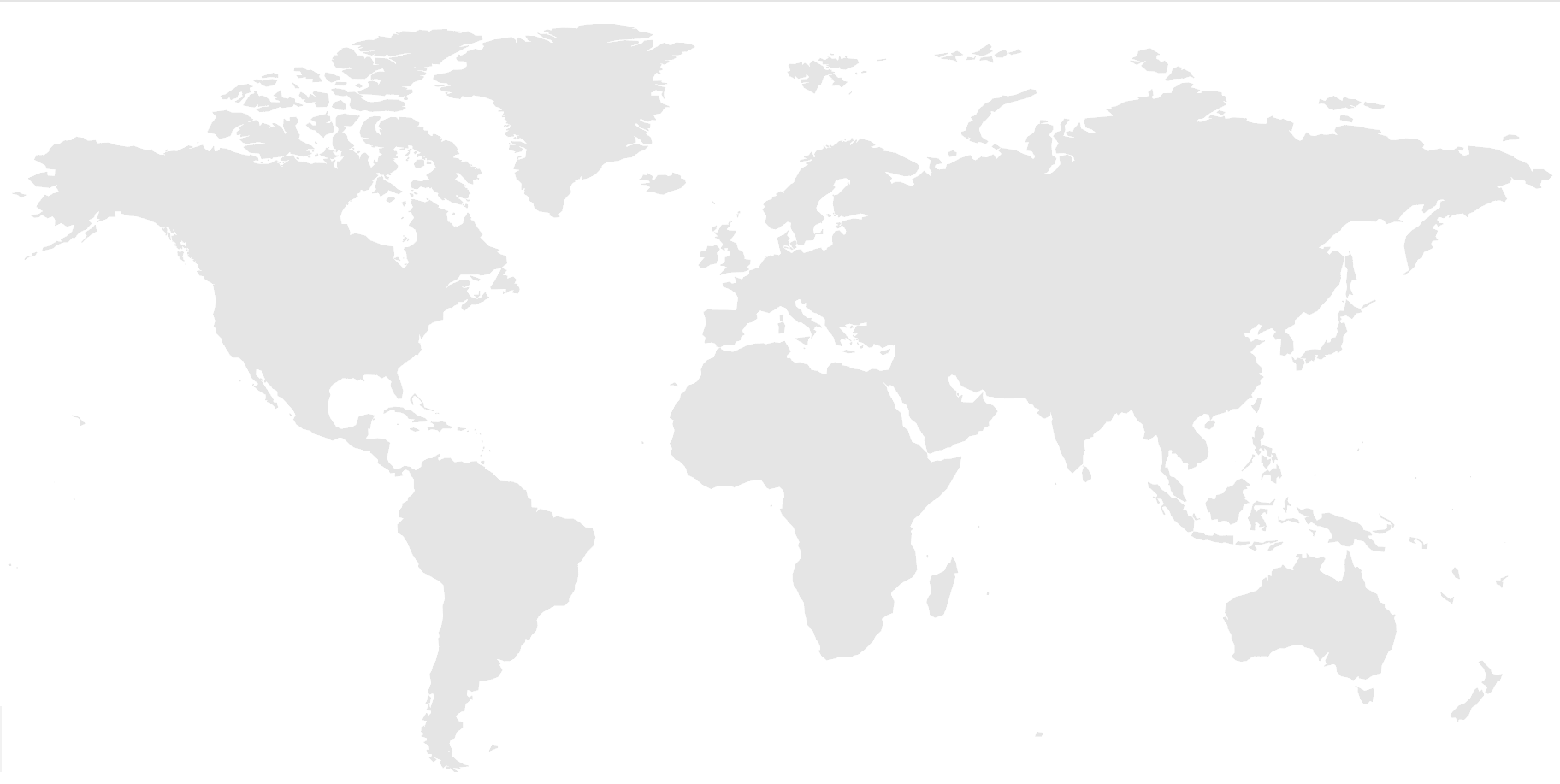The online Water Accounting Dashboard will help Morocco’s Souss Massa Basin Agency manage scarce freshwater resources across multiple sectors.
Morocco’s Souss-Massa basin faces shrinking freshwater resources due to prolonged drought, extreme heat, and unsustainable extraction, threatening the region’s vital agricultural production of cereals, vegetables, fruits, and nuts and the livelihoods of half its workforce. IWMI’s Online Water Accounting Dashboard offers stakeholders a user-friendly visual tool to monitor current water status and trends, empowering informed decision-making for the sustainable and equitable management and cross-sectoral governance of scarce freshwater resources.
Bounded by the High Atlas Mountains in the north, the Siroua Massif in the east, and the Anti-Atlas Mountains in the south, the Souss-Massa basin holds a complex network of rivers, aquifers, and natural and human-made lakes across 27,000 square kilometers. These freshwater resources support a thriving agricultural hub that employs half of the region’s workforce in the production of cereals, vegetables, fruits, and nuts. The region accounts for 6.6 percent of Morocco’s GDP through the water-dependent sectors of agriculture, tourism, and fisheries. Six consecutive years of drought and record-breaking heat waves, however, have placed a huge pressure on water governance systems to manage the rapidly dwindling freshwater surface and groundwater resources equitably and sustainably across competing sectors.
Under Work Package 4 of F2RCWANA, IWMI collaborated with the Souss-Massa Basin Agency (Agence de Bassin Hydraulique de Souss Massa ([ABHSM]) to run the Water Accounting+ process over the Souss-Massa basin using satellite data to quantify the water balance by tracking water inflows from precipitation, rivers, and groundwater recharge, and water outflows for agriculture and other purposes. The innovative online Water Accounting Dashboard for the Souss-Massa Basin uses the outputs from this Water Accounting+ to provide a comprehensive overview of the basin’s water status, including (1) water availability per capita each month, environmental water stress percentage, the amount of water available for further
use, and the basin closure percentage; (2) water balance considering inflows, usage, and outflows; (3) the impact of climate on rainfall, evapotranspiration, outflow, and water availability; and (4) an analysis of long-term hydrological changes. Moreover, using this data with modeling can simulate the potential impact of climate change on these water flows.
“The new water accounting dashboard has a critical advantage,” says Youssef Brouziyne, IWMI MENA Regional Representative. “It breaks down really complex data into straightforward visual information, helping scientists and policymakers effectively communicate the state of the water resources.”
By offering valuable insights into water supply, demand, and productivity, the dashboard aims to bridge the communication divide between research findings and policy- and decision-makers to facilitate the informed, sustainable planning and management of scarce freshwater resources. Activities have been conducted to build stakeholders’ capacity to run Water Accounting+ processes and use the dashboard, with participation from the watershed agencies of Bouregreg, Souss-Massa, and Tensift; regional offices of agricultural development in Souss-Massa and Haouz; and private companies.
Mrs. Fatiha Fdili, Head of the Water Resource Assessment and Planning Division at ABHSM, emphasizes its value, saying, “This dashboard is an invaluable tool for effective communication. It allows the Souss-Massa Basin Agency to engage with all its partners in a clear and informative way.”
The usefulness of the Online Water Accounting Dashboard has not gone unnoticed elsewhere—work will start in 2024 to replicate the dashboard in the Okavango Basin, Volta Basin, Zambezi Basin, and various basins in Jordan such as Amman Zarqa and Mujeb at the request of the relevant water authorities and the World Bank Group, the Helmsley Charitable Trust, and the United States Agency for International Development. Maha Al-Zu’bi, IWMI-MENA regional researcher on sustainable and resilient water systems and F2R-CWANA co-lead, highlights the significance of these efforts, saying, “This demand-driven approach is exactly what the region needs to address its water challenges.” By providing a clear picture of water availability and usage, the dashboard empowers decision-makers to ensure the long-term sustainability of this precious resource.
This dashboard is an invaluable tool for effective communication. It allows the Souss-Massa Basin Agency to engage with all its partners in a clear and
informative way.Mrs. Fatiha Fdili, Head of the Water Resource Assessment and Planning Division at the Souss-Massa Basin Agency (ABHSM)
Header photo: Fluctuating water levels in Souss-Massa dams depending on rainfall exacerbate pressure on water allocation and monitoring in the basin. Agence du Bassin Hydraulique de Souss Massa.




